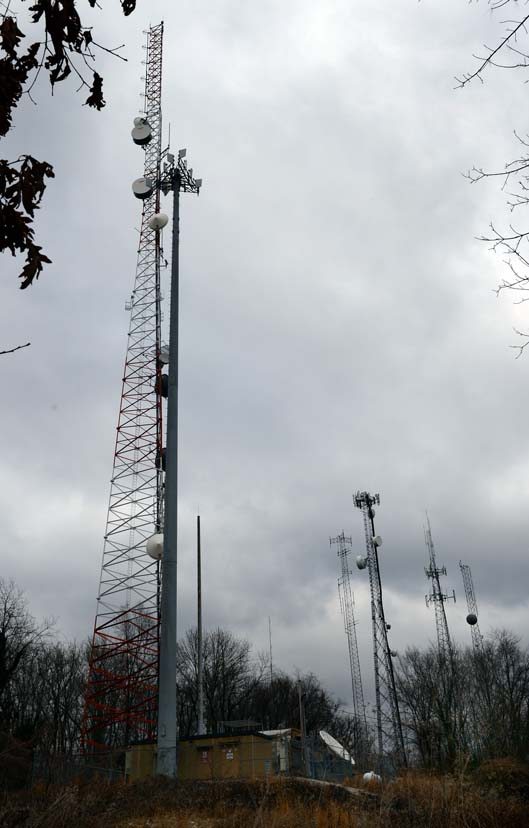AT&T says capital expenditures related to its existing businesses will be roughly $18 billion next year. The projection was included in the carrier’s news of a $2.5 billion deal to buy Mexico’s Iusacell. Taken together, the two announcements suggest some AT&T capital expenditures shifting south of the border, and Wall Street analysts spent the weekend evaluating the impact for AT&T’s U.S. vendors.
“Our strong sense is [that] AT&T will continue to spend on capacity and improving the overall wireless network experience for its customers,” said Wells Fargo’s Jennifer Frtzsche. “Also keep in mind that a major part of AT&T’s future LTE strategy is the deployment of its 30MHz WCS (2.3 GHZ). AT&T has not spent on this in a meaningful way and the ecosystem has yet to be developed.”
Other analysts were less sanguine, with one noting that two of the top three tower companies have already anticipated lower capex from the nation’s second largest carrier.
“We believe that lower AT&T capex guidance was already incorporated in SBA Communications and Crown Castle’s 2015 guidance,” wrote Kevin Smithen of Macquarie Securites. “We remain concerned that consensus forecasts for 2015 and 2016 US site revenue at American Tower are too high.”
Other companies that could be impacted by lower AT&T expenditures include providers of wireless infrastructure services, LTE equipment vendors and suppliers of networking gear. Again, some of these companies are already anticipating lower spending from AT&T.
“Our checks suggest another way AT&T is saving on capex in 2015 is through lower routing pricing,” said analyst Michael Genovese of MKM Partners. “Juniper and Alcatel both signed off on the lower pricing when they accepted their Domain 2.0 deals. Cisco, on the other hand, has not signed off on the pricing and, therefore, is not a Domain 2.0 vendor according to our checks.”
Balancing act
AT&T is an investor favorite due to its history of consistent dividend increases, and now the company needs to balance investor expectations with a need to deliver the service that customers expect on its wireless network. Its competitors continue to invest in both coverage and capacity solutions as well as in new technologies like carrier aggregation and LTE Advanced.
Sprint and T-Mobile US both have parent companies with fairly deep pockets to support their U.S. initiatives, and could ramp up capex in the months ahead. But Verizon is the competitor that AT&T needs to watch most closely.
“It will be hard for AT&T to materially slow in wireless when its largest competitor continues to spend at an aggressive clip,” said Wells Fargo’s Fritzsche. “Just last week Verizon’s CEO noted that it ‘hopes’ capex does not decline in absolute dollars as that would signify limited growth opportunities.” Meanwhile AT&T is calling for lower capex in absolute dollars, and Fritzsche thinks that even when wireless spending is separated from wireline, AT&T’s capex will be lower next year than it was this year.
Follow me on Twitter.

